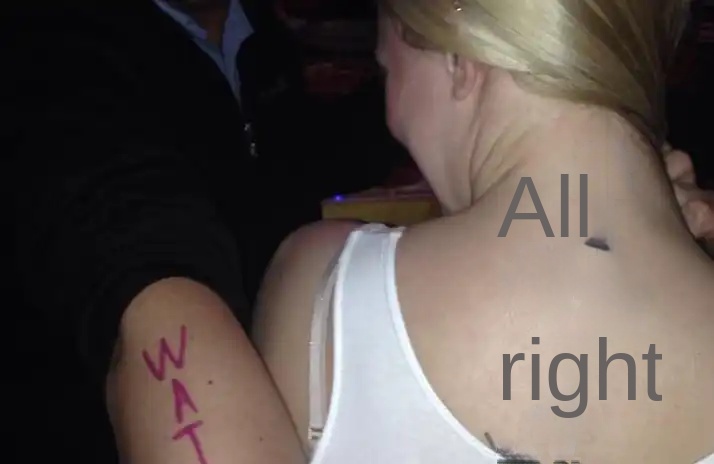LayerZero's ecological project and multi-chain ambition
Original title: "LayerZero's multi-chain ambition"
Original author: Tiga, W3.Hitchhiker; Revision: Evelyn, W3.Hitchhiker
Brief Analysis of LayerZero Technology
LayerZero is a cross-chain communication protocol, which can connect " Information" is passed to another chain. Layerzero closed a $2M seed round in April '21, followed by $6.3M in September '21 and $135M in March '22. Participating institutions include Binance Labs, Multicoin, Delphi, A16Z, Uniswap, Polygon, Coinbase and many other institutions. The investment lineup can be said to be top-notch.
LayerZero deploys a series of smart contracts on the chain ( Endpoint) realizes decentralized information cross-chain services. The ultra-light node is running on Endpoint, and the "ultra-light" two fonts now only provide the Block header of the specified block. During the transmission process, Oracle and Relayer ensure the validity and security of information transmission.



 Forum
Forum Finance
Finance
 Specials
Specials
 On-chain Eco
On-chain Eco
 Entry
Entry
 Podcasts
Podcasts
 Activities
Activities
 OPRR
OPRR












